TPW Magazine: Ready, Aim, Catch
Thursday, June 4th, 2015This is Passport to Texas
David Sikes is the longtime outdoors writer for the Corpus Christi Caller Times. You can call him a multimedia journalist, but just don’t call him an expert.
02–I reject this title.
Even so, he’s the go-to guy when people in south Texas have questions about the outdoors- including sight casting-the definition of which, says Sikes, elicits broad interpretation.
12-Even a flipping bait fish, or surface bait fish, or a swirl in the water-any of those things that give you an indication through sight that there might be a predator fish down there-is, to me, sight casting.
David Sikes writes about sight casting for redfish in the June issue of Texas Parks and Wildlife magazine.
12-A redfish looks pretty contrasting against a seagrass bed. It does take some adjustment; you have to have a really good pair
of polarized lenses-you have to have decent eyesight. You have to have a “practiced” eye.
Sikes’ first sight casting attempts were not fruitful.
19- When I first started doing this, I had guides who had been doing it for years who would say: “He’s right there, David. It’s right….” And I’m saying: tell me how many feet away it is. After a while, you learn what to look for. It’s a lot easier to do now
than it was before. I may not get an accurate cast to it, but at least I saw it.
Find David Sikes’ article on Sight Casting for Redfish in the June issue of Texas Parks and Wildlife Magazine. The Sport Fish Restoration program supports our series.
For Texas Parks and Wildlife…I’m Cecilia Nasti.
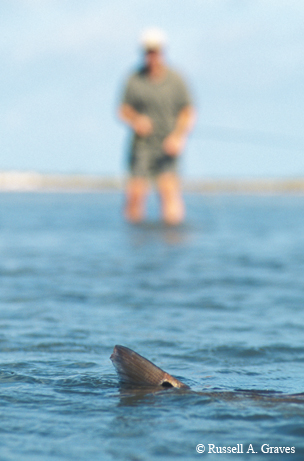

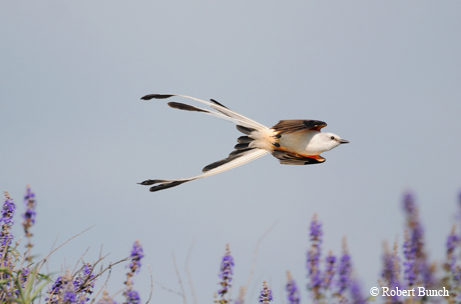
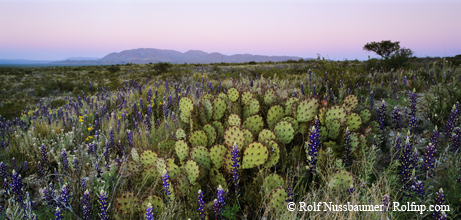
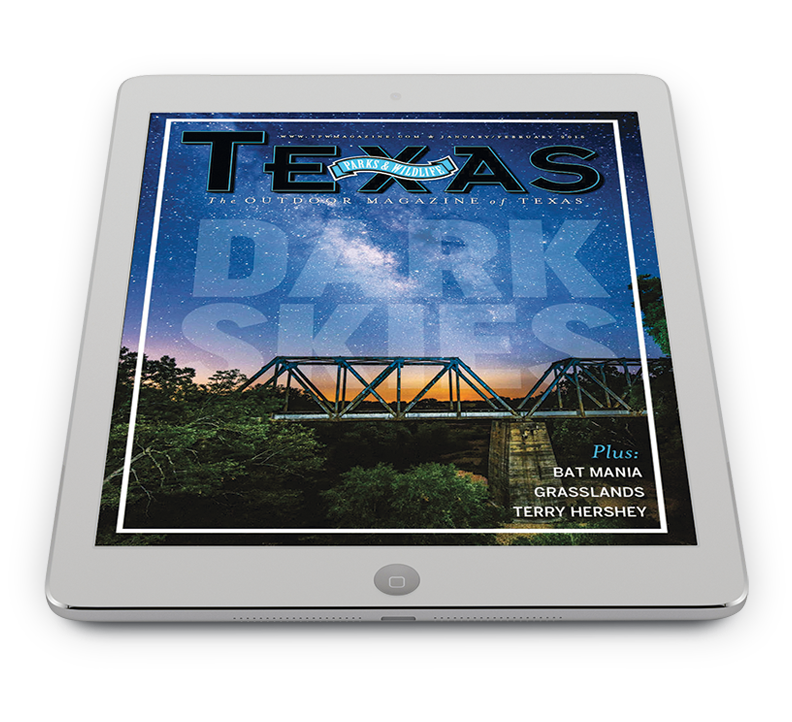
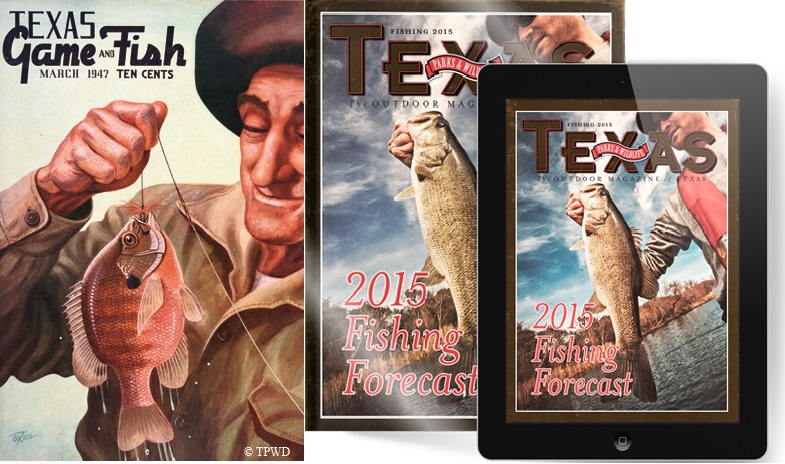

 Passport to Texas is a
Passport to Texas is a  Passport to Texas is made available by:
Passport to Texas is made available by: